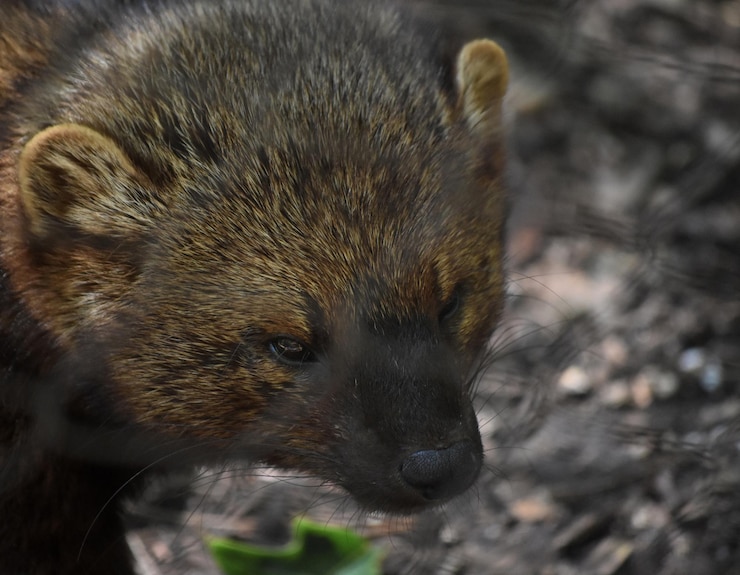How Wildlife Removal Works
Wildlife removal is the process of humanely removing, discouraging and preventing unwanted wildlife from living in your home. Animals such as raccoons, squirrels, and opossums can cause damage to your home, yard or garden by digging holes, chewing and destroying plants, and spreading diseases through their droppings. They can also cause roof damage by tearing off shingles and damaging your attic or chimney by gnawing or nesting inside.
While it is possible to do squirrel removal queens ny, hiring a professional to remove unwanted wildlife will ensure your safety and that the job is done properly. A wildlife control expert is trained in humanely trapping and relocating unwanted animals and will use proper tools, safety equipment, and methods to catch and remove the critter. These professionals will work with you to develop a wildlife removal plan that will prevent the critter from returning, including an exclusion plan, which will block off the critters' access to your home and yard.
An animal control specialist will perform a thorough inspection of your property, identifying possible wildlife entry points and areas of depredation. A wildlife specialist may have formal training and/or college degrees, allowing them to make educated decisions about the species they are dealing with. They will then work with you to devise a trapping plan and provide an estimate for the service.
Most companies are prepared to remove small mammals, rodents, birds, reptiles, stinging and non-stinging insects, and other pests. Some may even remove larger mammals, such as dogs and cats. When choosing a wildlife removal company, it is important to inquire about their licensing and whether they adhere to local, state, and federal regulations regarding nuisance wildlife control.
Once you've identified the location of the critter, it's time to begin the exclusion process. This is done by sealing the entry point. For example, if you have a problem with raccoons in the attic, you will seal off any places where a raccoon can get in from the outside by putting down steel mesh or regular building materials and sealing with caulk. This will stop the raccoons from getting back in and possibly starting a new family in your attic.
Many homeowners attempt to solve their own wildlife problems, but this often makes the situation worse. For instance, a homeowner banging on the ceiling when they hear baby raccoons in the attic usually results in the mother raccoon simply moving the babies to another area of the house that is inaccessible to humans.
Besides exclusion, other forms of humane harassment are often used to discourage unwanted animals from living in your home. This can include playing loud music near the animal's location or using a scare device, such as an ultrasonic device, that emits a high-pitched noise that drives the wildlife away. This method can be more effective than simply trying to scare the animals out, but it is still best to let a wildlife control professional handle the situation.
It is illegal for anyone to relocate a wild animal, so be sure to hire a licensed nuisance wildlife control operator to remove and humanely relocate unwanted wildlife. Relocating an animal can spread disease like rabies to neighbors, could create more problems for the rehabilitated wildlife, and is typically best left to professionals.

